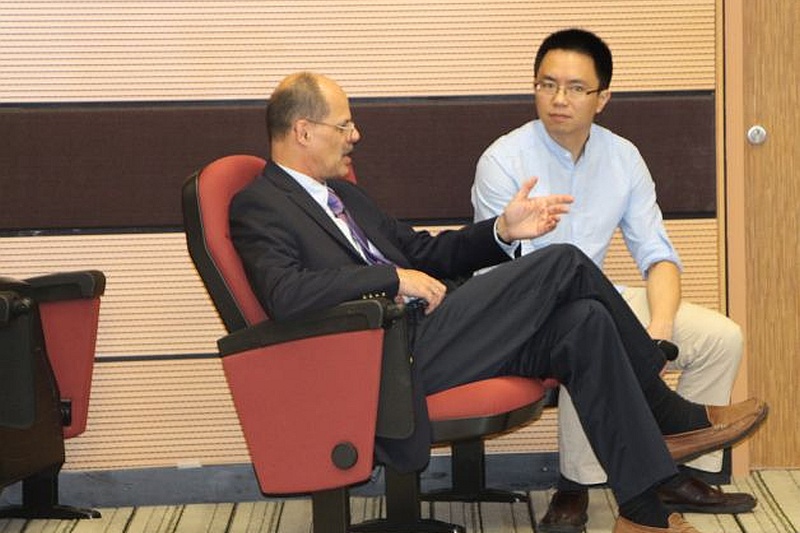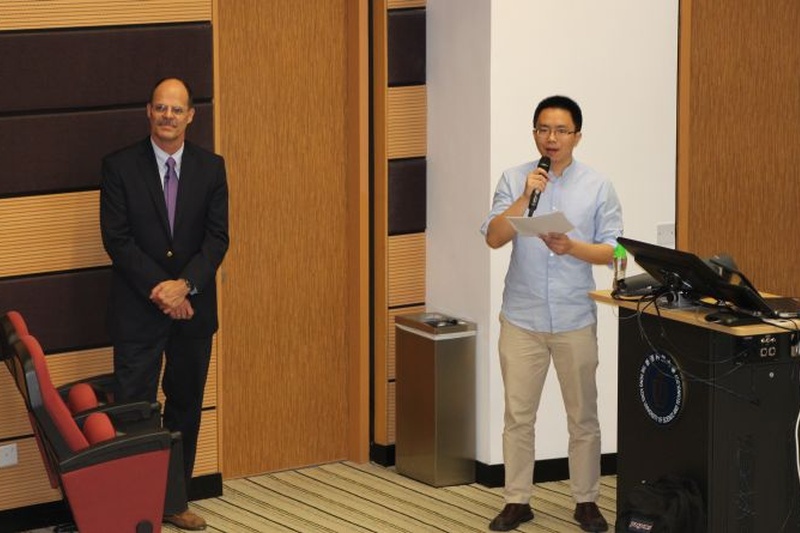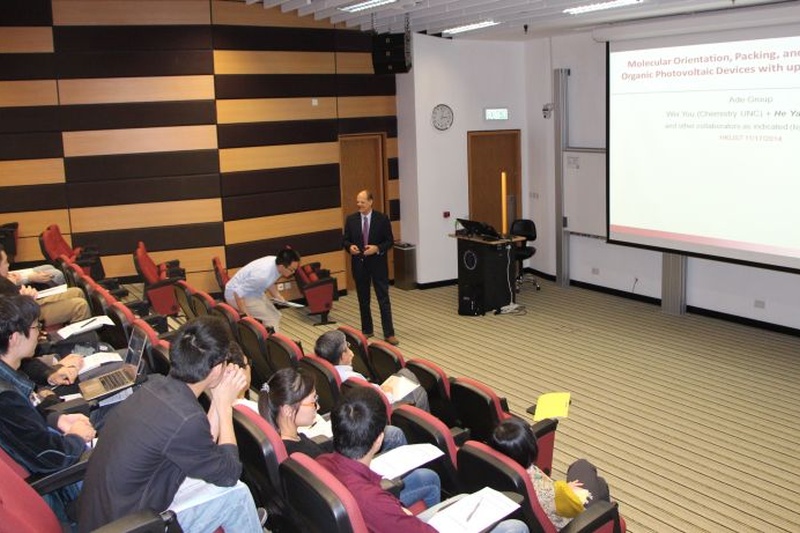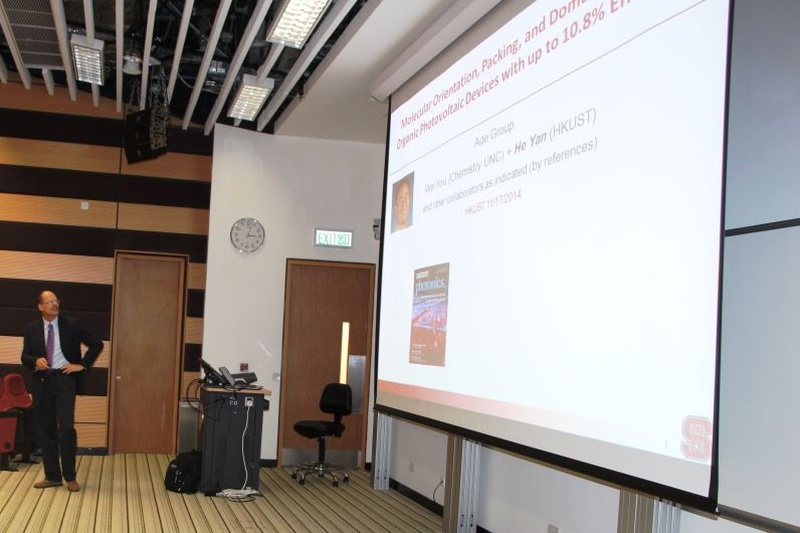Molecular Orientation, Packing, and Domain Purity in Organic Photovoltaic Devices with Up to 10.8% Efficiency
Abstract
In bulk heterojunction (BHJ) organic photovoltaics (OPVs), electron donating and electron accepting materials form a complex network of discrete and distributed heterointerfaces and charge transport pathways in the photoactive layer where critical photo-physical processes occur. However, little is known about the structural properties of these interfaces due to their 3-dimensional arrangement and the paucity of techniques to measure local order and purity. The presentation will review the use of synchrotron radiation based methods that can uniquely measure critical structural parameters, which includes molecular orientation relative to donor/acceptor heterojunctions. Using resonant soft X-ray scattering, the degree of molecular orientation, an order parameter that describes face-on (+1) or edge-on orientation (-1) relative to these heterointerfaces, can be determined. By manipulating the degree of molecular orientation through choice of molecular chemistry and processing solvent characteristics, the importance of this structural parameter on the performance of BHJ OPV devices can be demonstrated. The speaker will furthermore show how compositional variations can be related to polymer crystal size and how mobility and purity can relate to charge extraction and thus in turn to device performance. A complete description of actual morphologies and theoretical modeling yet to be developed for OPVs will have to take these factors into account. Devices with efficiencies up to 10.8% will be discussed.
About the speaker
Prof. Harald Ade received his PhD in Physics from the State University of New York at Stony Brook in 1990, and was postdoctoral fellow there until 1992. He joined North Carolina State University at Raleigh since then, and is currently Distinguished Professor of Physics. He is also Director of the Organic and Carbon Electronics Laboratory.
Prof. Ade specializes in synchrotron radiation based methods including Grazing Incidence Wide Angle X-Ray Scattering (GIWAXS) and Resonant Soft X-Ray Scattering (R-SoXS) techniques. He developed a number of novel instruments and characterization methods, which include Near Edge X-ray Absorption Fine Structure (NEXAFS) microscopy, X-ray linear dichroism microscopy, X-ray photoemission microscopy, resonant x-ray reflectivity and scattering, and 13C-labeling in Secondary Ion Mass Spectrometry (SIMS) depth profiling. Their applications focus primarily on determining the composition, morphology and structure of polymeric and electronic materials at the sub-micron spatial scale.
Prof. Ade received numerous awards including the Halbach Award for Innovative Instrumentation, the K. F. J. Heinrich Award, the NSF Young Investigator Award and R&D 100 Award, etc. He is a Fellow of the American Association for the Advancement of Science and the American Physical Society.







